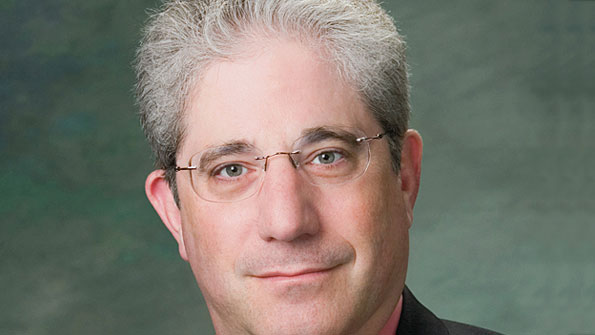FirstNet’s task is complicated by public safety’s diversity
The fervor over Paul Fitzgerald’s comments during April’s meeting of the FirstNet board of directors continues unabated. Regardless of how one feels about the methodology used to bring the grievances to light, the fact that these issues are being talked about and addressed publicly by FirstNet certainly is a good thing, as they have been talked about privately within the public-safety community for quite a while.
What interested me was a statement by board member Jeff Johnson to Urgent Communications’ Donny Jackson. During the interview, Johnson said “I am public safety.” While I don’t think that he meant the statement literally—i.e., that he is the singular representative of the public safety point of view—I’ve heard this statement before from other people. Certainly, I understand what Johnson meant in this context. But to people not involved in public-safety communications, it can be misleading. It gives the impression that the public-safety community is a monolith and speaks with one voice. In fact, the opposite is true.
The public-safety community is a diverse set of individuals supporting a diverse set of services. Each of these services has different communications needs. These needs also differ by geographic area. And certainly, differing cultures within agencies mean that how public safety communications operate in one area may bear little resemblance to how they function in another area.
Because agencies need interoperable communications, particularly during multijurisdictional responses, some of these differences have been reconciled into a more cohesive set of requirements. However, the fact remains that public safety isn’t represented by a single person, or even a small group of people. That’s why so many organizations exist within the sector. The alphabet soup includes FIT, APCO, NPSTC, AASHTO, IAFC, NENA and many others. While they may work together on the majority of issues, there is not always a consensus opinion. All one has to do is attend a spirited regional planning committee meeting to see this diversity of opinion.
This diversity is why the FirstNet board has more than one public-safety representative, each one representing a different constituency. However, with just 4 public-safety representatives, this board does not represent every constituency. Thus, each FirstNet board member has an important responsibility to understand the needs of the balance of the industry. Board members are attempting to address this issue by, amongst other things, engaging in a listening tour. This represents an important methodology to make sure that all voices are heard and considered. Hopefully that will extend to careful consideration of the input provided by its Public Safety Advisory Committee, which was created expressly for that purpose.
It is important to address the issues brought forth by Fitzgerald. Even if some of the complaints aren’t problems in actuality, the fact is that much of the community believes them to be true, and perception has a nasty habit of becoming reality. Moreover, there definitely is a faction within public safety that believes the National Public Safety Broadband Network is turning into a carrier project and a consultant’s paradise. By tackling this perception head-on, FirstNet stands a better chance of success.















